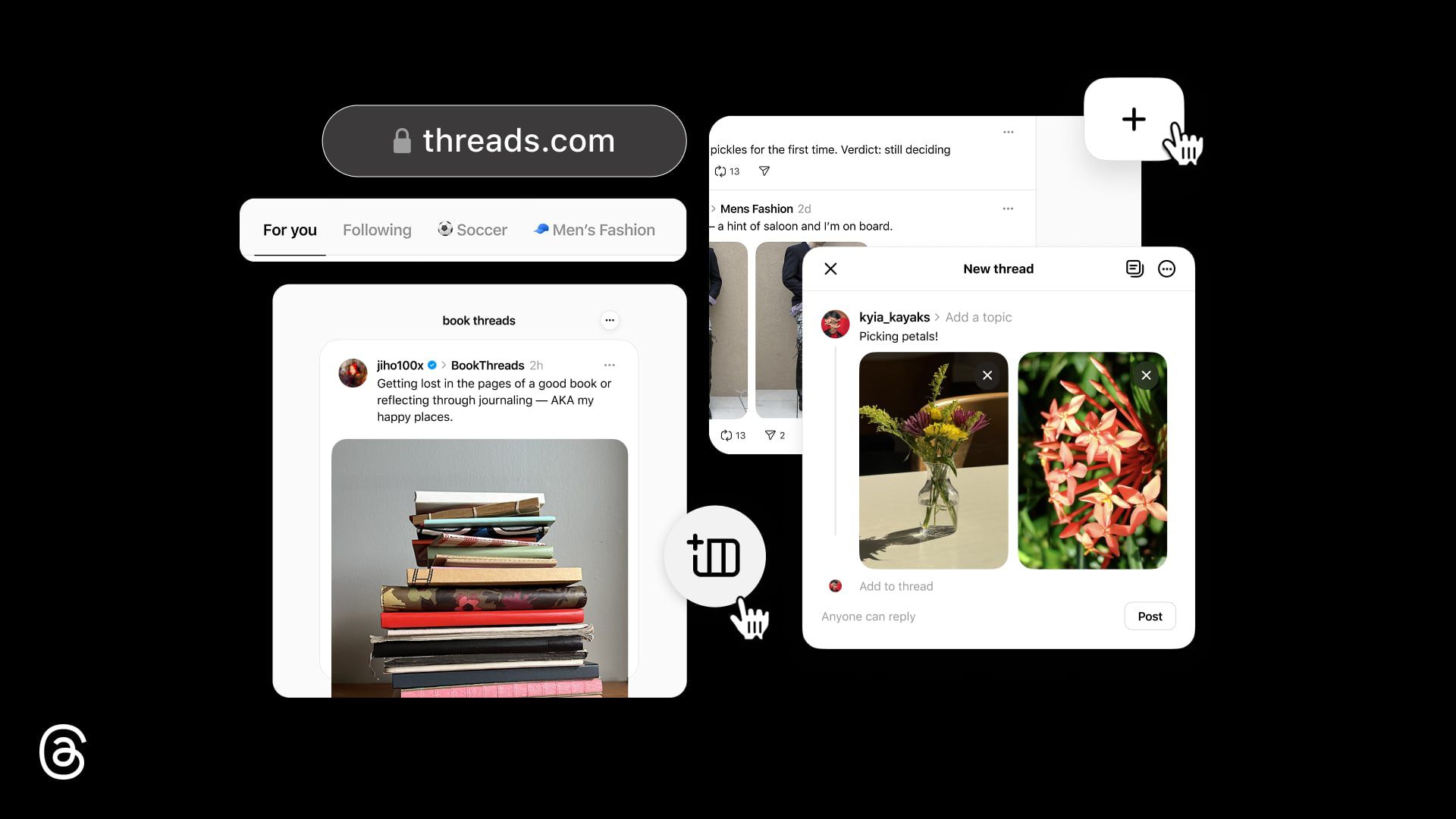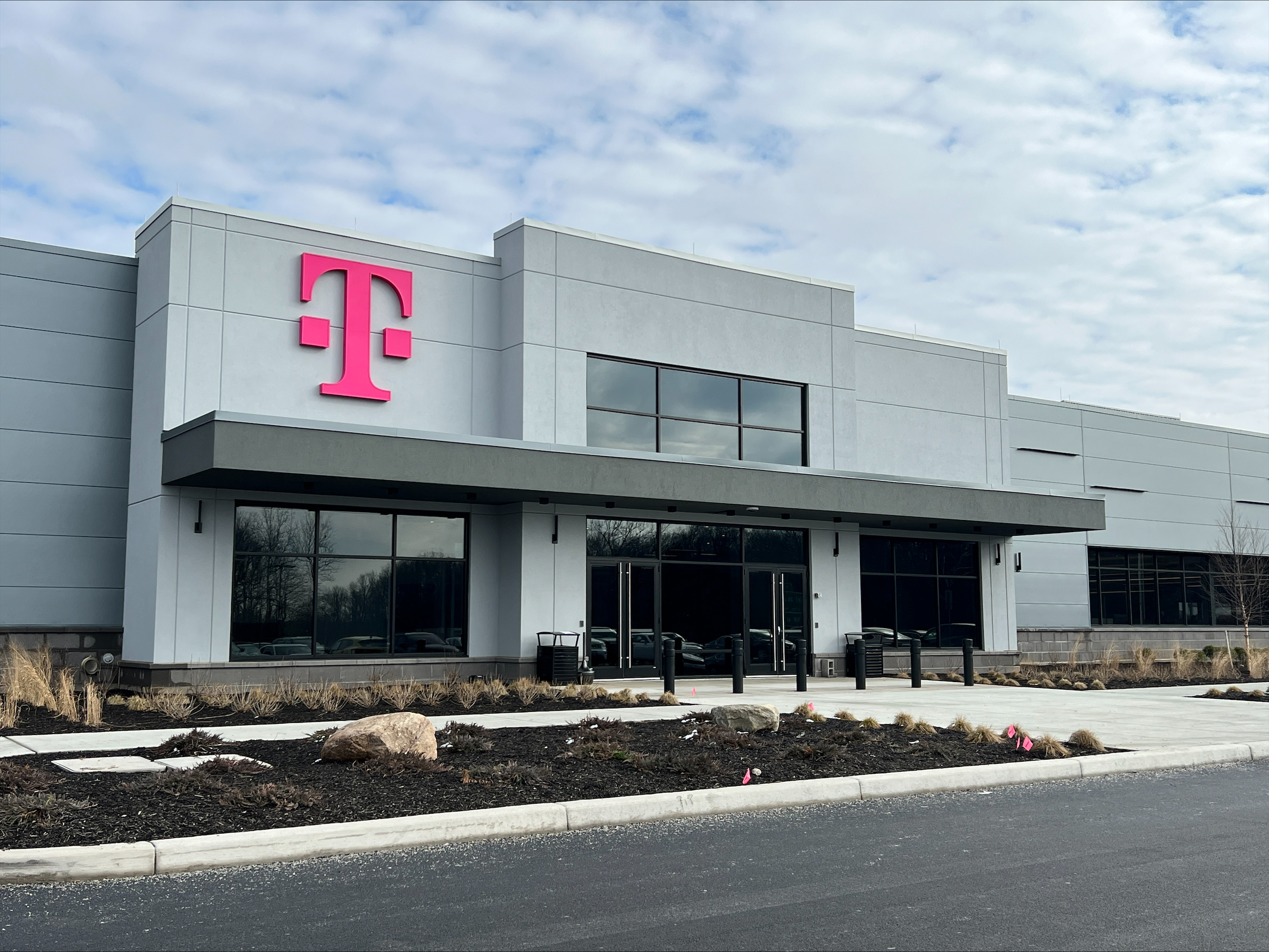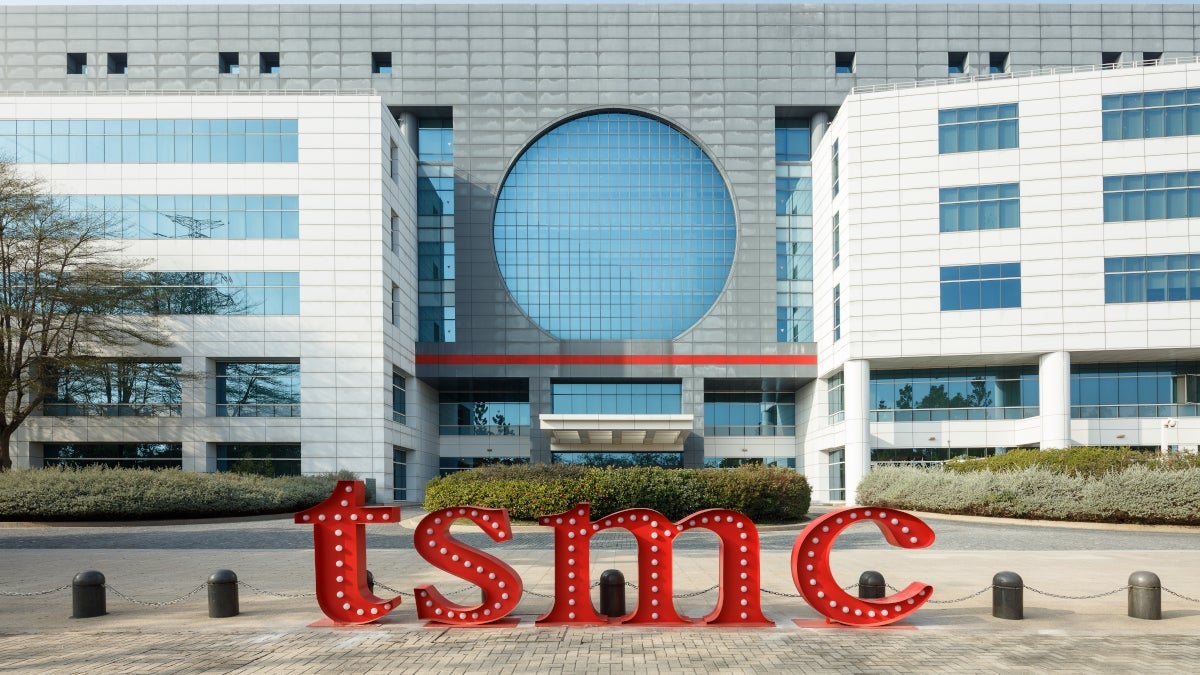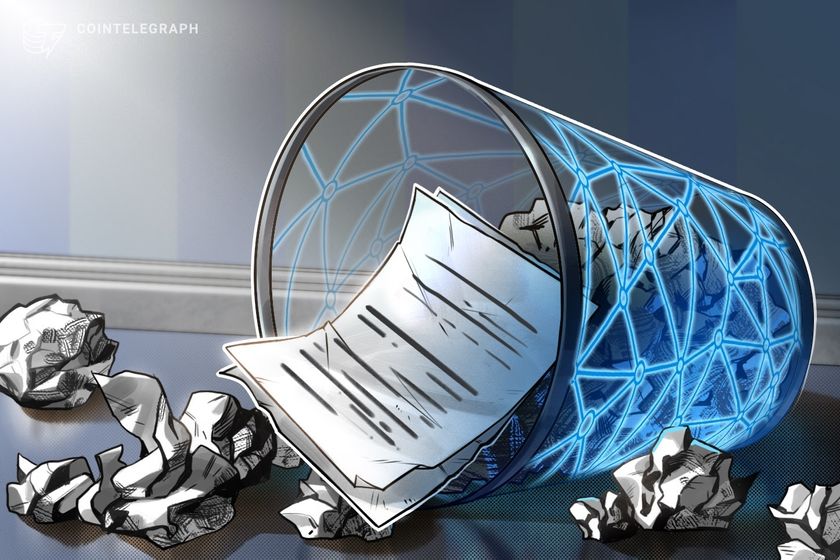What is an API? Explained simply
What is an API? An API (Application Programming Interface) is like a messenger that helps different software programs talk to each other. It connects them and allows one program to request data or perform an action from another program or server, following a set of rules. Example: Requesting Weather Data Imagine you open a weather app on your phone: The app sends a request for weather information to a weather API — the 'messenger' that knows how to talk to the weather server. The weather API asks the weather server for data, such as the temperature and forecast for your location. The weather server collects the weather data from its sources (like satellites, weather stations, etc.). After collecting the needed data, the weather server returns a response with the weather information to the weather API.. The weather API sends this weather information to your weather app. Finally, the weather app displays the weather information on your screen. Here are some visual example of the steps I described: To understand APIs a little more, let me give another explanation. Through APIs, we can connect two or more applications and allow communication between them. Let's take an e-commerce app as an example. This app is made of multiple components that are connected and communicate with each other using APIs. For instance: Website or App: The platform where customers browse products, make purchases, and interact with the store. Payment App: Handles payments. Shipping App: Manages delivery. Inventory App: Tracks products. Customer Support App: Handles customer service. All of these components communicate through APIs to ensure a smooth shopping experience for the customer. And through them a larger app - e-commerce app - is created. That's how developers can build complex software programs by creating smaller and connecting them through APIs. Types of APIs There are different types of APIs for different purposes: Web APIs allow communication between software applications over the internet. Hardware APIs help software interact with physical devices. Database APIs let software communicate with databases to store or retrieve data. Each API is designed for specific tasks, but they all serve the same basic purpose: enabling software programs to communicate with each other. Why APIs Are Better Than Direct Communication Between Programs? Different Technologies: Programs are built using different technologies, programming languages, and frameworks. Each might have its own data formats, protocols, or internal structures, making it challenging to communicate without a standardized interface. APIs provide a universal way to bridge these differences. Security Risks: Direct communication between applications might expose sensitive internal systems or data, making it harder to manage security. APIs act as secure middlemen, ensuring only the right data is exchanged and adding protective layers such as authentication and encryption. These are some of the reasons why APIs are essential for smooth, secure communication between software systems.

What is an API?
An API (Application Programming Interface) is like a messenger that helps different software programs talk to each other. It connects them and allows one program to request data or perform an action from another program or server, following a set of rules.
Example: Requesting Weather Data
Imagine you open a weather app on your phone:
The app sends a request for weather information to a weather API — the 'messenger' that knows how to talk to the weather server.
The weather API asks the weather server for data, such as the temperature and forecast for your location.
The weather server collects the weather data from its sources (like satellites, weather stations, etc.).
After collecting the needed data, the weather server returns a response with the weather information to the weather API..
The weather API sends this weather information to your weather app.
Finally, the weather app displays the weather information on your screen.
Here are some visual example of the steps I described:
To understand APIs a little more, let me give another explanation.
Through APIs, we can connect two or more applications and allow communication between them. Let's take an e-commerce app as an example. This app is made of multiple components that are connected and communicate with each other using APIs. For instance:
Website or App: The platform where customers browse products, make purchases, and interact with the store.
Payment App: Handles payments.
Shipping App: Manages delivery.
Inventory App: Tracks products.
Customer Support App: Handles customer service.
All of these components communicate through APIs to ensure a smooth shopping experience for the customer. And through them a larger app - e-commerce app - is created. That's how developers can build complex software programs by creating smaller and connecting them through APIs.
Types of APIs
There are different types of APIs for different purposes:
Web APIs allow communication between software applications over the internet.
Hardware APIs help software interact with physical devices.
Database APIs let software communicate with databases to store or retrieve data.
Each API is designed for specific tasks, but they all serve the same basic purpose: enabling software programs to communicate with each other.
Why APIs Are Better Than Direct Communication Between Programs?
Different Technologies: Programs are built using different technologies, programming languages, and frameworks. Each might have its own data formats, protocols, or internal structures, making it challenging to communicate without a standardized interface. APIs provide a universal way to bridge these differences.
Security Risks: Direct communication between applications might expose sensitive internal systems or data, making it harder to manage security. APIs act as secure middlemen, ensuring only the right data is exchanged and adding protective layers such as authentication and encryption.
These are some of the reasons why APIs are essential for smooth, secure communication between software systems.










































































































































































![[The AI Show Episode 144]: ChatGPT’s New Memory, Shopify CEO’s Leaked “AI First” Memo, Google Cloud Next Releases, o3 and o4-mini Coming Soon & Llama 4’s Rocky Launch](https://www.marketingaiinstitute.com/hubfs/ep%20144%20cover.png)

































































































































![[DEALS] Sterling Stock Picker: Lifetime Subscription (85% off) & Other Deals Up To 98% Off – Offers End Soon!](https://www.javacodegeeks.com/wp-content/uploads/2012/12/jcg-logo.jpg)











































































































.jpg?#)




























































































































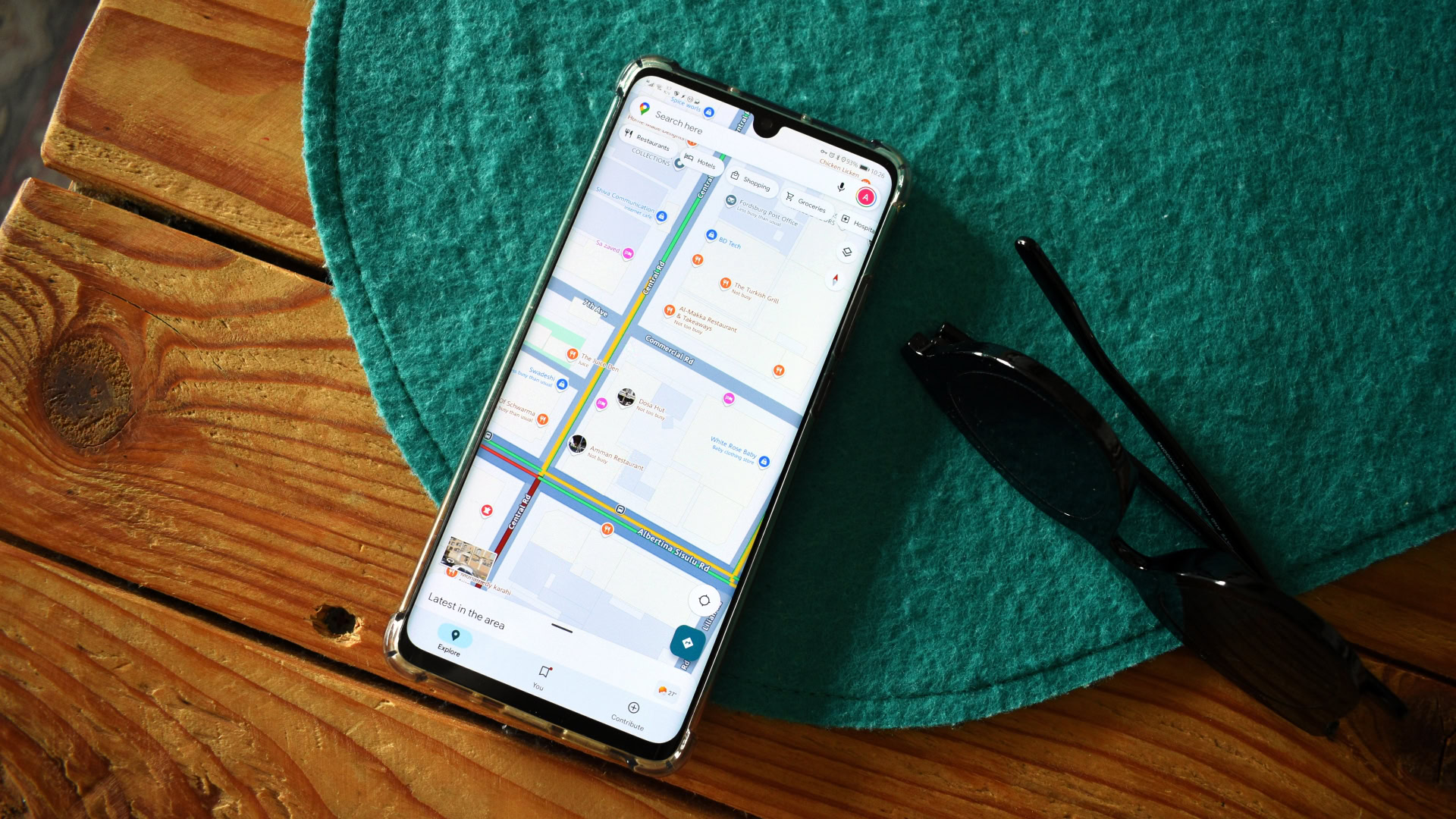


















![Apple to Shift Robotics Unit From AI Division to Hardware Engineering [Report]](https://www.iclarified.com/images/news/97128/97128/97128-640.jpg)

![Apple Shares New Ad for iPhone 16: 'Trust Issues' [Video]](https://www.iclarified.com/images/news/97125/97125/97125-640.jpg)












































